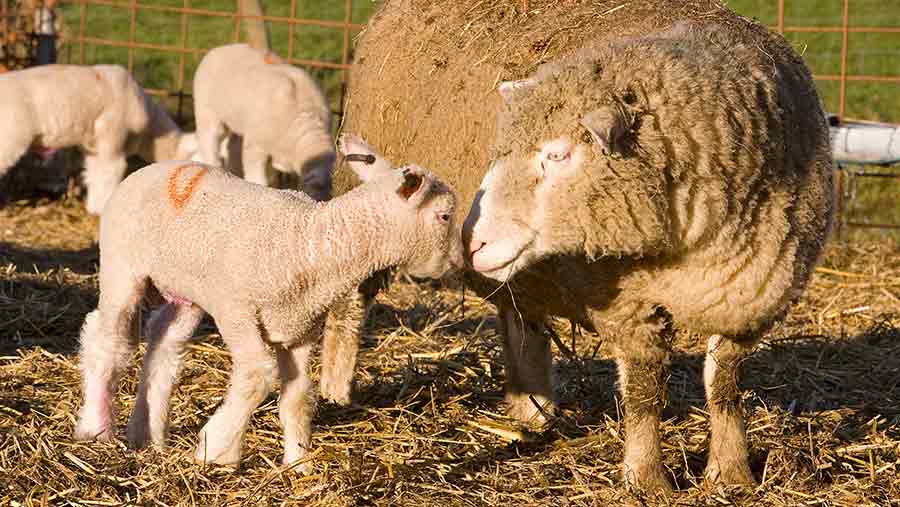Top tips for reducing lamb losses
 © RBI
© RBI Low lamb losses is critical in order for sheep farmers to improve their financial performance, but on many farms losses often goes unrecorded.
Recording losses is a fundamental starting point to help pick out disease trends and patterns. With lambing just around the corner, we have put together some top tips on how to reduce lamb losses this season.
Top tips for reducing lamb losses:
- Record lamb losses. Key stages include ewes tupped, scanning and lambing percentages, lambs turned out and rearing percentages. This will give you a good idea of why losses are happening.
- A lambing keep pens clean and dry.
- Supply adequate and fresh water for ewes – they can drink up to 10 litres a day after lambing.
- Adhere to high hygiene standards – use disposable gloves and make sure you spray navels.
- If your flock lambs outdoors then select fields that provide shelter and ensure there is enough grass (aim for sward heights of 6cm or covers of 1,800kg DM/ha.
- Make sure lambs receive 50ml/kg of colostrum within the first six hours of birth.
- Lambs born inside should only be turned out if they are: suckling well, well-bonded with their mothers, the weather isn’t cold, wet or windy and the ewe has plenty of milk.
- Turn out small groups at a time to allow mothers and lambs to pair up.(Source: Better returns: reducing lamb losses, AHDB).

